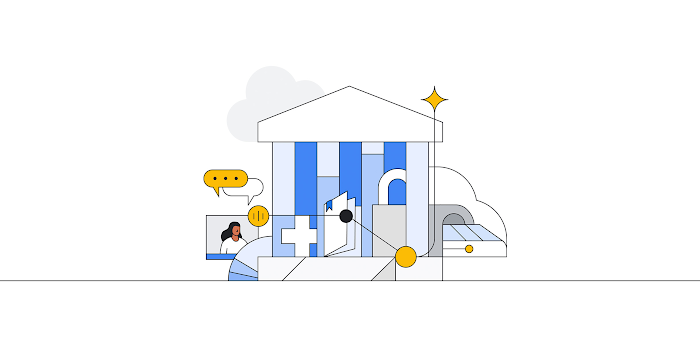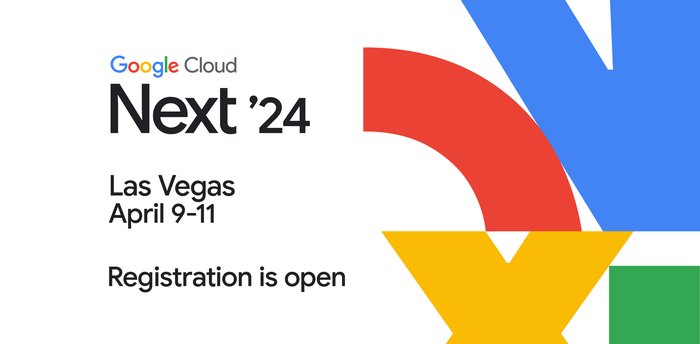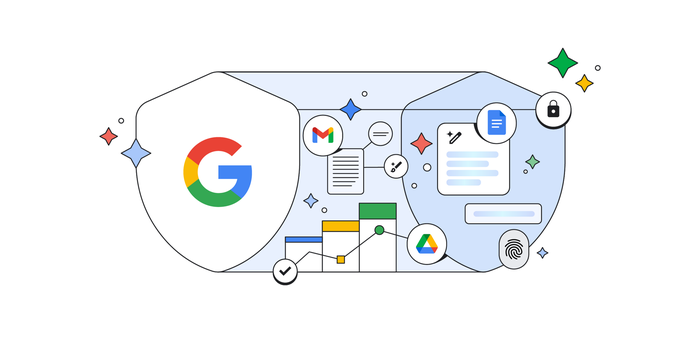University of Missouri expands data analytics with Google Cloud
Matthew Gunkel
Chief Online Learning and Technology Officer, Missouri Online
Editor’s note: Today we’re hearing from the University of Missouri on how they expanded their student data analytics with Google Cloud. You can learn more about how technology is supporting student success at the digital event Student Success with Google Cloud on April 20. You can also get started today with the Unizin Data Platform in the Google Cloud Marketplace.
As the largest university in the state, the University of Missouri System (UM) has four distinct universities with more than 68,000 students. In 2018, our Board approved new strategic plans for each of the four UM System universities, including a $20 million investment to support online education over five years. Our timing aligned, even with the challenges of COVID: when the pandemic hit in March 2020, the university was well positioned to scale its online services as people began working and learning from home. However, integrating data and services across so many stakeholders and communities is challenging and our team began looking for more ways to improve access and insights from student data analytics.
The good news, though, was that we had a head start. UM was working closely with Unizin, a nonprofit made up of 14 leading institutions dedicated to learning analytics, data integration, and digital content for higher education. Unizin built a data warehouse on Google Cloud to collect learning management system (LMS) data across campuses and a common data protocol called the Unizin Data Platform (UDP) to facilitate sharing and collaboration. With the UDP teams can bridge gaps between siloed LMS data in Canvas and external learning tools to work holistically across internal datasets. We created a data warehouse through Unizin and then used Google Cloud and BigQuery to analyze our separate datasets and improve student data analytics, with faster delivery and better reporting. David H. Reid, Director of Learning Analytics, points out that “we could even put our internal datasets into BigQuery and easily combine that data with other key info from our LMS and SIS, in the UDP.”
Scaling with cloud computing
We considered building the tools ourselves but anticipated that Google Cloud would be more cost effective. By offloading the data set-up and maintenance costs, we could invest more in analysis. That benefits our ability to deliver data to students and faculty. We were also impressed by Google Cloud’s end-to-end stack, while my colleague, David Reid says, “with the cloud, our data doesn’t need transferring back and forth on prem. It’s scalable and transferable multiple times a day.” We rapidly rolled out a few proof-of-concept experiments, like assessing the status of certifications to teach online among their faculty. By comparing certification requirements and credits received, we easily generated a dashboard to display every instructor’s current status.
Securing data and empowering students
Google Cloud is also in compliance with privacy and security requirements across ecosystems, from FEDRAMP to Europe’s General Data Protection Regulation (GDPR). This way all our data centers are compliant and well encrypted. The cloud can’t auto-protect, but Google provides the right tools to help us.
Ultimately, our e-Learning team knows that the goal of digital transformation projects like this one is to advance UM’s core missions: teaching, learning, and research. I agree with my colleague, David Reid when he says that “by integrating disparate data sources, we gain more insights from learning analytics for both students and faculty.” I am thinking about a not-too-distant future where students and faculty can access and analyze their own data themselves. Our immediate takeaway is the UM system coming together with value-added service for students and faculty. Our longer term goal is students driving their own better outcomes from the data.




